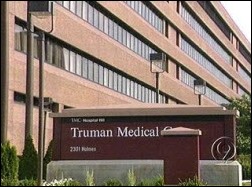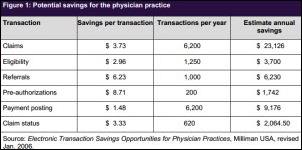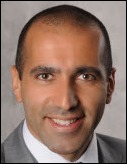News 11/7/13
Full implementation of HIT in 30 percent of community-based physician offices would reduce the demand for physicians by four to nine percent, according to researchers from the Johns Hopkins Bloomberg School of Public Health and The Commonwealth Fund. Other predictions, based on a review of previous studies include:
- Physician demand could decline an additional four to seven percent if care was delegated to NPs and PAs and supported by HIT.
- The use of HIT could reduce regional shortages of physicians by enabling as much as 12 percent of care to be delivered remotely or asynchronously.
- If HIT systems were adopted by 70 percent of practices, the estimated impact could more than double.
Kareo hires David Mitzenmacher (Volusion) as VP of customer success and Nitin Somalwar (Flurry) as VP of engineering.
Epocrates’ Bugs + Drugs app reaches 100,000 downloads in less than a month of its release. Epocrates, whose parent company is athenahealth, pulls clinical and billing information from athenahealth’s data warehouse to track antibiotic resistant bacteria.
A CMS email this week included this FAQ about the EHR incentive program:
Can an eligible professional (EP) or hospital charge patients a fee to have access to the certified EHR technology (CEHRT) solution that is used to meet the meaningful use objective of providing patients the ability to view online, download and transmit their health information?
My initial thought was that if my EP tired to charge me to view or download my records, I would fire him/her. My second thought was that if this is truly a “frequently” asked question, then there are probably providers already charging patients these fees.
Here is what CMS had to say:
We do not believe it would be appropriate for the EP or hospital to charge the patient a fee to access the Certified EHR Technology solution regardless of whether the solution is in the form of a provider-specific portal, an online personal health record, community portal or some other solution.This is consistent with the position taken in the Stage 1 final rule (75 FR 44358) and reiterated in the Stage 2 final rule (77 FR 53999) with regard to the meaningful use objective to provide patients with clinical summaries of office visits. Access to the Certified EHR Technology solution would be provided to satisfy the requirements of the “view online, download and transmit” objective, rather than in response to a request from a patient. We note that the charging of fees for health information provided in response to a patient’s request is governed by the HIPAA Privacy Rule.
HIMSS Analytics recognizes 50 of Truman Medical Centers (MO) ambulatory clinics with its Stage 7 Ambulatory Award.
Email Inga.











The article about Pediatric Associates in CA has a nugget with a potentially outsized impact: the implication that VFC vaccines…